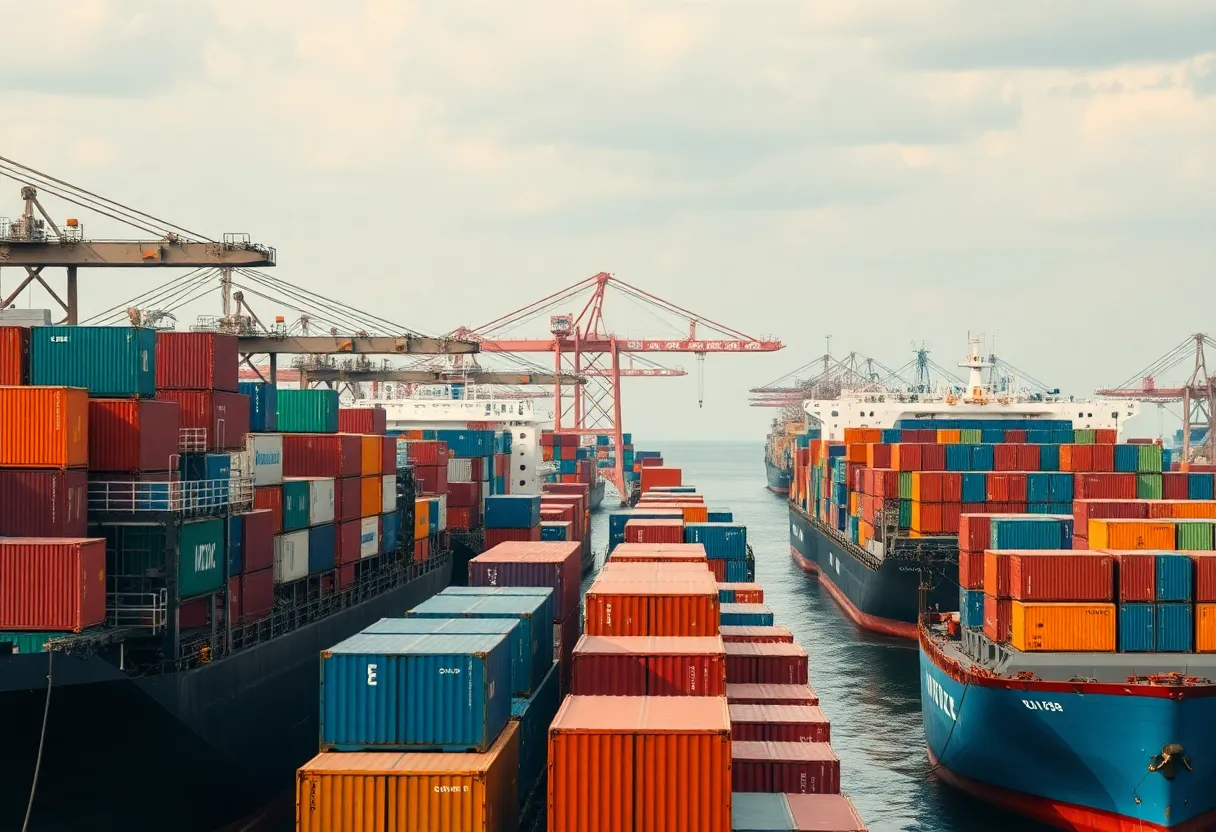The Role of Precast Connections in Modern Infrastructure
The landscape of modern infrastructure is marked by innovation and technological advancements, with precast connections playing a pivotal role. These connections are integral to ensuring structural integrity, performance, and sustainability in a variety of construction projects. This article delves into the functionality, benefits, and applications of precast connections in contemporary infrastructure.
Understanding Precast Connections
Precast connections refer to the method of connecting precast concrete components that are manufactured off-site and transported to the construction site. This technique allows for greater control over the quality of materials and manufacturing processes compared to traditional in-situ construction methods. Precast connections can vary widely, ranging from simple bolt connections to more complex, reinforced joint designs that ensure the overall structural integrity of the building.
The Importance of Precast Connections
Infrastructure projects, such as bridges, highways, and large commercial buildings, require robust design solutions that can withstand environmental stresses and loads. Precast connections contribute significantly to this requirement. Their importance can be categorized into several key areas:
1. Enhanced Structural Integrity
Precast connections improve the overall structural integrity of a project. They are designed to distribute loads effectively across the entire structure. By using high-strength materials and precise engineering, these connections can absorb shock, flex under stress, and maintain stability over time. This makes them ideal for seismic zones where buildings and bridges are prone to vibrations and movements.
2. Manufacturing Precision and Quality Control
Precast connections are produced in controlled environments, allowing for enhanced manufacturing precision. This controlled setting reduces the chances of defects and inconsistencies that can occur in traditional construction. As a result, the performance of precast elements is reliable and predictable, leading to fewer failures and maintenance issues down the line.
3. Time and Cost Efficiency
Another significant advantage of precast connections is the time and cost savings they provide. Precast components can be manufactured simultaneously with site preparation and foundation work, significantly reducing overall construction time. Additionally, since they require less labor for installation, the associated labor costs can be minimized. The reduction of on-site construction time also diminishes the risk of weather-related delays.
Applications in Modern Infrastructure
The applications of precast connections in modern infrastructure are vast and varied. These connections can be utilized in different settings, leading to enhanced structural performance and durability.
1. Bridges
Bridges are one of the most common applications for precast connections. Given the stresses they encounter, utilizing precast technology can enhance safety and longevity. Various types of precast components, including girders and slabs, can be interconnected using robust precast connections, thus ensuring effective load transfer and structural performance over the bridge’s lifespan.
2. High-Rise Buildings
In high-rise construction, precast connections allow for fast, reliable assembly of reinforcements, walls, and floors. The use of precast concrete panels enhances the building’s resistance to lateral loads and dynamic forces associated with winds and earthquakes. Furthermore, the precision with which these connections are made supports the structural stability required in tall buildings.
3. Parking Structures
Precast connections are increasingly becoming standard in the construction of parking structures. These structures often require significant load-bearing capacity and durability to withstand the passage of time and heavy loads. The flexibility of precast connections allows for designs that cater to unique requirements while maintaining efficiency and safety.
Innovations in Precast Connection Technology
The field of precast connections continues to evolve with innovations in materials and technology. One breakthrough has been the integration of high-performance concrete and advanced reinforcement techniques.
1. High-Performance Concrete
The development of high-performance concrete (HPC) has significantly enhanced the capabilities of precast connections. HPC offers superior strength, durability, and resistance to environmental degradation. This makes it an ideal choice for infrastructures exposed to harsh weather conditions, such as coastal areas susceptible to saltwater exposure and freeze-thaw cycles.
2. Digital Technologies
With the advent of digital technologies, precast connections can now be optimized using computer-aided design (CAD) and building information modeling (BIM). These technologies facilitate better visualization, clash detection, and project coordination. As a result, construction processes are streamlined, and the potential for errors is minimized.
Challenges and Considerations
While precast connections offer substantial benefits, certain challenges and considerations must be addressed to maximize their effectiveness in modern infrastructure.
1. Transportation and Handling
The transportation of precast elements poses unique challenges. Components need to be carefully handled during transportation to prevent damage. Moreover, the design of precast connections must consider the impact of transport loads and stresses, which may require additional engineering considerations.
2. Site Specificity and Connection Design
Each construction site presents unique challenges and conditions. The design of precast connections should be tailored to the specific environmental and structural requirements of the project. Conducting thorough site assessments and considering local building codes is essential to ensure proper functionality and compliance.
3. Skilled Labor Requirement
Precast connections require skilled labor for both the manufacturing and installation phases. As the field evolves, there may be a need for additional training programs to ensure that workers are well-equipped with the knowledge and skills needed to implement advanced precast technologies effectively.
Conclusion
In conclusion, precast connections play a crucial role in modern infrastructure, driving enhancements in structural integrity and construction efficiency. By leveraging manufacturing precision, superior material properties, and innovative technologies, these connections contribute significantly to the long-term performance and sustainability of infrastructure projects. Through continued research and improvements in the field, precast connections will remain a vital component of construction practices, ensuring that infrastructures meet the demands of the future.







